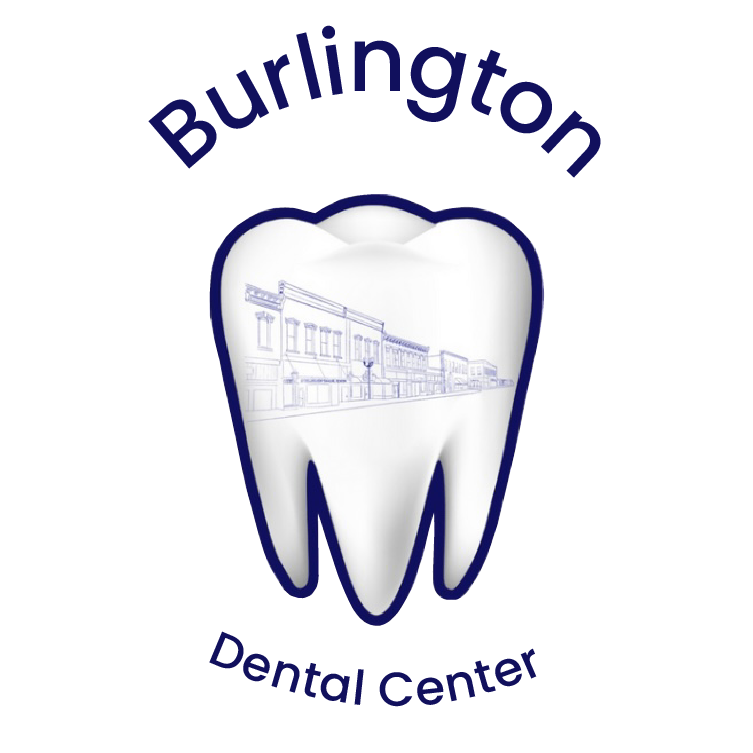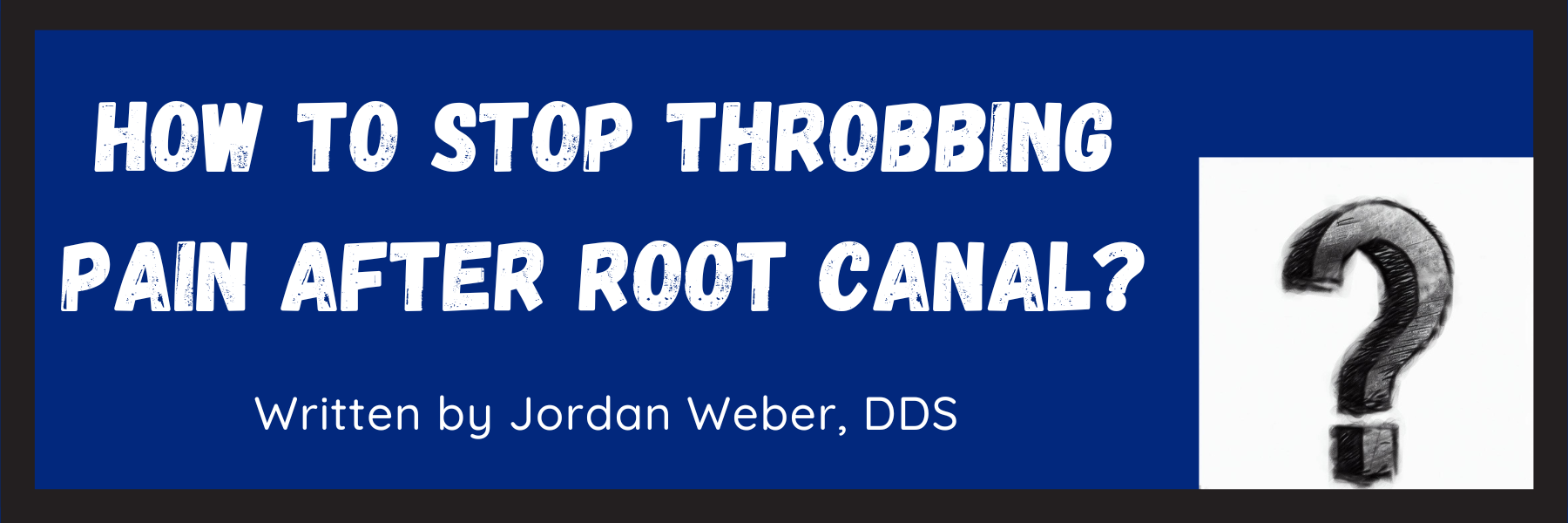Root canal therapy is a common dental procedure that's often necessary when the soft tissue inside a tooth — also known as pulp — becomes infected or inflamed. Despite its reputation, modern techniques and anesthetics make the process relatively painless.
However, the healing process after the procedure usually involves some degree of discomfort. This article aims to offer advice on how to handle and mitigate throbbing pain after a root canal.
Understanding Root Canal Therapy
A root canal is a treatment used to save a tooth that's badly decayed or infected. During the procedure, the nerve and pulp are removed, and the inside of the tooth is cleaned and sealed. Without treatment, the tissue surrounding the tooth may become infected and an abscess may form. This procedure typically requires one or two appointments, depending on the presence of infection and the type of tooth involved.
Expectations After a Root Canal
After the root canal therapy, your tooth may feel sensitive due to tissue inflammation, especially if there was pain or infection before the procedure. This discomfort can be relieved with over-the-counter or prescribed medications. Most patients return to their normal activities within a few days, but it's normal to experience a certain level of discomfort in the days following the procedure.
Tips to Manage Throbbing Pain
Here are some steps to manage and reduce throbbing pain after a root canal:
Avoid Chewing on the Tooth: To allow the tooth to heal, avoid biting or chewing with the treated tooth until it has fully recovered.
Medication: Take prescribed antibiotics and pain medications as directed. Over-the-counter pain relievers can also help if no other medication was prescribed.
Ice Packs and Heat: Apply ice packs or a source of heat to the affected side as needed to help reduce pain and swelling.
Anti-inflammatory Medications: These can help manage pain, especially if taken on a regular schedule rather than waiting for the pain to become unbearable.
Elevate Your Head: When lying down, try to keep your head elevated to reduce pressure and swelling in the treated area.
Minimize Activity: Avoid strenuous activities, particularly ones that involve heavy lifting or straining.
Follow-up Visits: Be sure to return to your dentist for necessary follow-up appointments on the recommended timeline.
Inform Your Dentist: If the temporary filling or buildup has chipped or fallen out, or if you're hitting too heavily on it, inform your endodontist or dentist as quickly as possible.
Soft Diet: Stick to as soft a diet as possible, and consider a liquid diet if the throbbing is severe and seems to be triggered by chewing.
Warm Salt Water Rinses: Consider rinsing your mouth with warm salt water, but be careful not to rinse or gargle too vigorously.
Patience is Key
Lastly, keep in mind that a tooth that has undergone a root canal treatment will simply need some time to settle down. Expecting an entirely comfortable recovery might set you up for disappointment. Remember, every individual's healing process is different, and your body will take the necessary time it needs to heal completely.
Final Thoughts
While throbbing pain after a root canal can be uncomfortable, it's typically manageable with the right care and medication. Always follow your dentist's advice, and don't hesitate to reach out if your pain worsens or doesn't improve over time. Dental health is crucial to overall well-being, and your comfort should always be a priority.
FAQs
Is throbbing pain after a root canal normal?
Yes, it's normal to experience some level of discomfort, including throbbing pain, for a few days after a root canal treatment. This is due to the healing process and residual inflammation in the tissues surrounding the treated tooth.
How do you stop a root canal from throbbing?
To mitigate throbbing pain after a root canal, try over-the-counter pain relievers, prescribed medications, ice packs, and heat applications. Also, avoid chewing with the treated tooth, minimize strenuous activity, and keep your head elevated when lying down. If the pain is unbearable or lasts for more than a few days, consult your dentist.
How do I know if my root canal is infected?
Signs of an infected root canal can include severe pain, swelling in the gums or face, an abscess or pimple on the gums, increased sensitivity to temperature, or a return of the original symptoms that led to the root canal treatment. If you experience any of these symptoms, contact your dentist promptly.
What does a failed root canal feel like?
A failed root canal can cause symptoms like pain when biting or chewing, prolonged sensitivity to temperature, swollen or tender gums around the treated tooth, or a recurrence of the abscess. If you have any concerns about your healing process, contact your dentist.
How long does throbbing pain last after a root canal?
While every patient's healing process varies, most experience the most intense discomfort for the first 24-72 hours after the procedure. It's normal for some level of discomfort to continue for a few days after the procedure, but if the pain is severe, increases instead of decreases, or lasts for more than a few days, it's important to contact your dentist.
* Though the author of this post is a licensed dentist in the state of Kansas, this information is provided for informational and educational purposes only. Please use your best judgment and contact emergency medical services in the event of an emergency.

